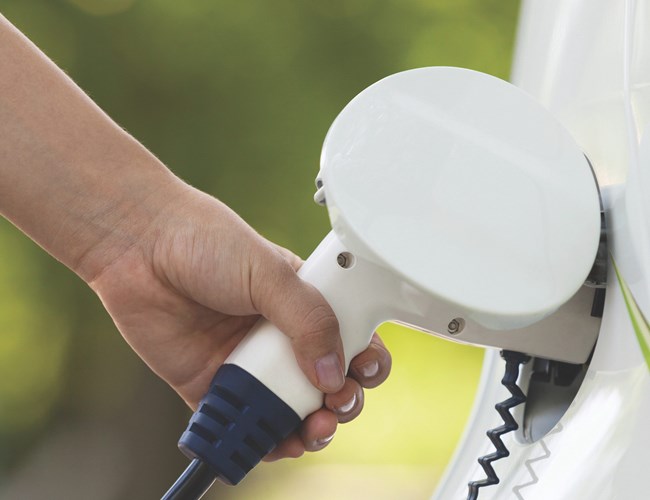We use cookies to ensure that we give you the best experience on our website. If you continue without changing your settings, we will assume that you are happy to receive all cookies on the Business Car website. However, if you would like to, you can change your cookies at any time

The start point for the best source of fleet information |
Diary of a fleet manager: Month 19
Date: 27 September 2023

I am under increasing pressure to at least look at electric vehicles. We have quite a few ever-faithful diesels - well, almost faithful, but more of that later. I do keep looking at electric models, but that's as far as I get, just looking. The more I read, it's like one step forward, and three steps back. The press haven't been kind to them, or more likely just honest. But the real test is by talking to the owner of one. A company local to us have a 71 plate van, bought new, and a promise of a measly 85 miles. They thought for the short trips, locally, this should be sufficient, and show their customers that they were doing the right thing.
It started its working life almost achieving the claimed 85 miles, but not for long. As it gradually slipped down, and down, to the point where they are lucky to get 45 miles out of it, and they've now decided it is pretty useless.
Our drivers much prefer to be called engineers who just happen to drive a van. The nature of our business requires our engineers to be on call almost 24/7. A problem with a customer can cause serious issues, and any delay getting to fix the problem can be costly, for them and us. So, our van drivers - sorry, engineers - must be like the Thunderbirds and be ready to go at any time. They can't be hanging around for hours, or at public chargers waiting to top-up to get enough miles in the batteries to get to the job. Then of course have enough charge to get home - or on to the next mission.
I know some manufacturers claim the average daily mileage for a van is around 60; well, I can tell you, ours certainly isn't. I do see that one manufacturer is now claiming a range of over 300 miles, but I wonder at what cost to the payload? Our vans are generally full, with the specialised racking full of service parts, tools and more. So, for me, we're looking at electric vehicles - specifically electric vans - but we're certainly doing nothing else.
For anyone who has seen Postman Pat, either in the past, or watches it today with kids or grandkids (or maybe on their own) then you'll know Pat's red van is probably electric, but you never see Pat charging it up, or having range anxiety, worrying if he'll miss an express delivery. No, but he'll probably get his black and white cat to give him a push if he runs out of electric. The local company with the 45-mile range van, still have it, but are desperate to get out of it, one way or another, but the loss in value, will no doubt, be enormous, if in fact they can actually sell it - who on earth will buy a van with such a poor range?
Then again, some days I wish we had a fleet of electric vans or, preferably, no vans at all. I get thoroughly fed up with NOx sensors, or the lack of them working, and lighting up our driver's dashboards like Christmas trees.
The NOx sensor is part of the NOx reduction after-treatment system used in diesel vehicles with urea-based SCR systems. The sensor located upstream of the SCR catalyst directly measures the engine-out NOx gas concentration, which helps determine the optimum amount of urea injection. Or so says Google. Despite this highly technical, comprehensive description, I still don't really understand how it works. What I do understand though, is they are forever going wrong, and that causes major problems for us, and our customers. The vehicles usually go into limp-home mode, or into the garage. For them to sit for days, if we are lucky, and weeks if we are unlucky. It seems there is a worldwide shortage of sensors to fix the vehicles. The usual response from service reception is "we are working on it" when I really know it's around the back in a compound and hasn't moved for days.
At least I know, when the diesel-powered vans are running, they run well, are efficient and the drivers can get to jobs and back with no range anxiety.
Supported by:












